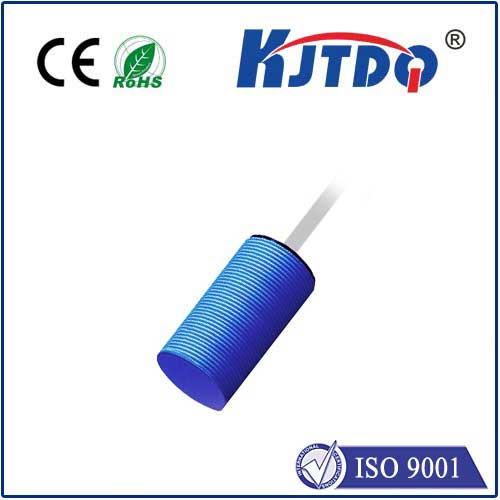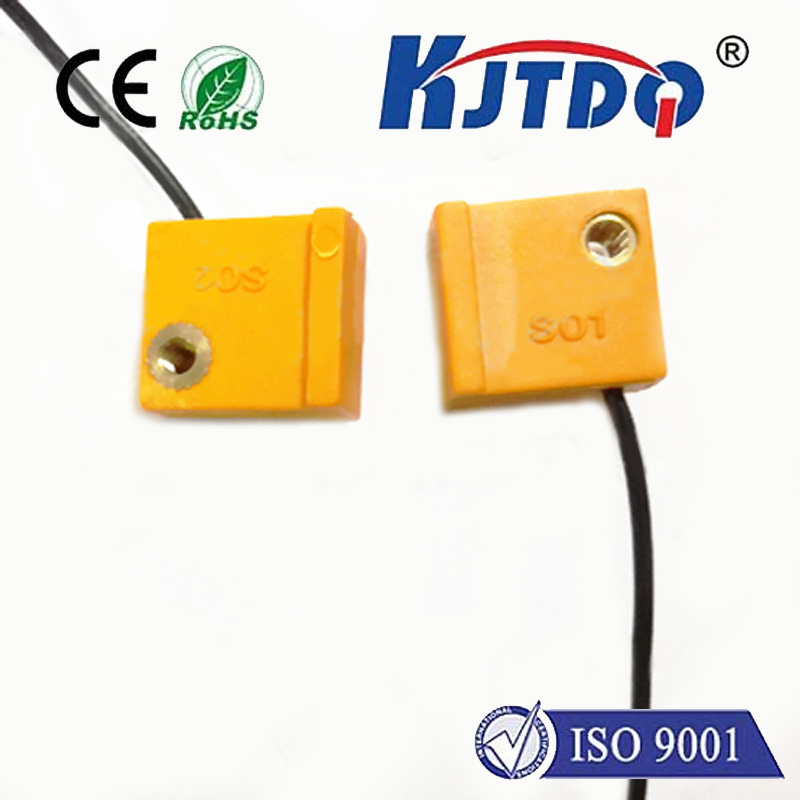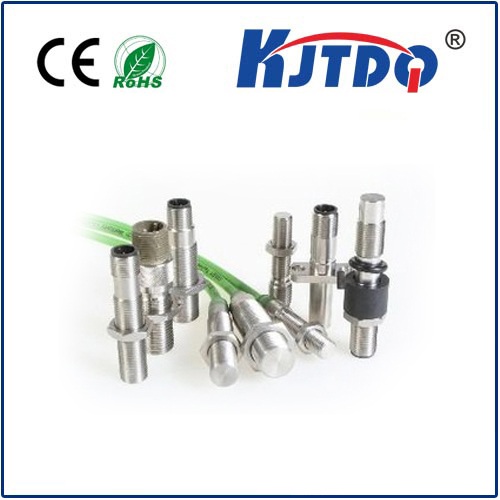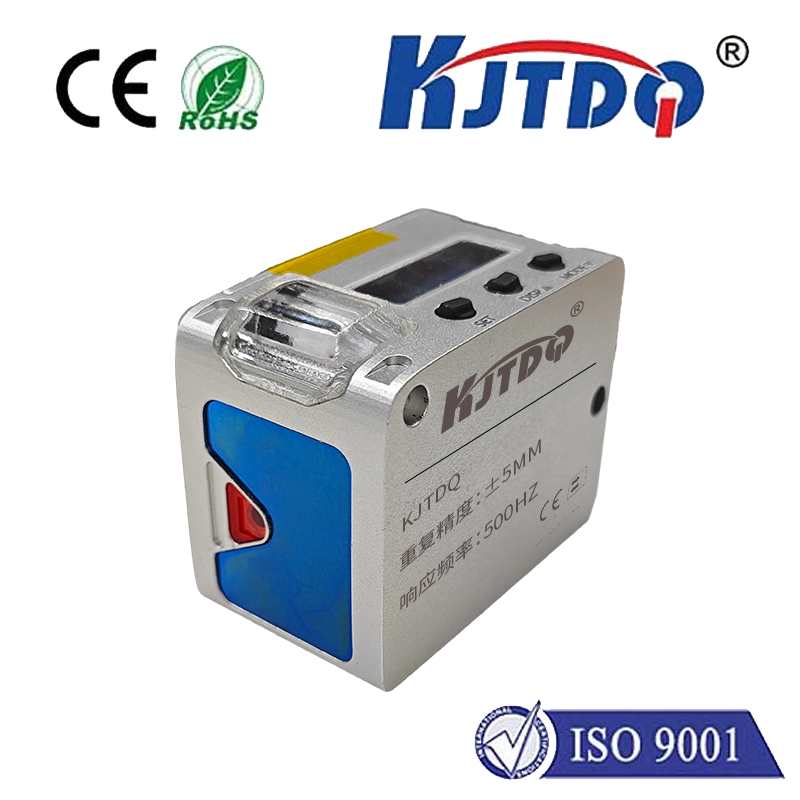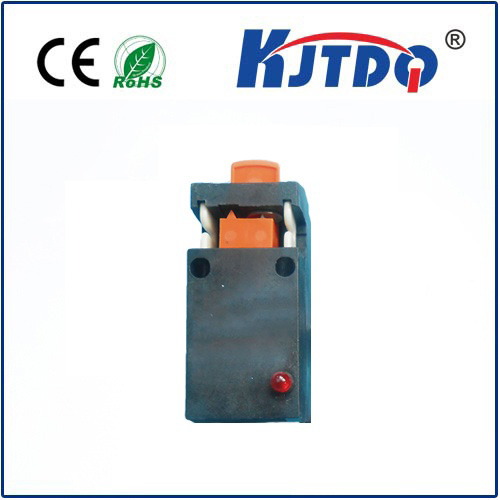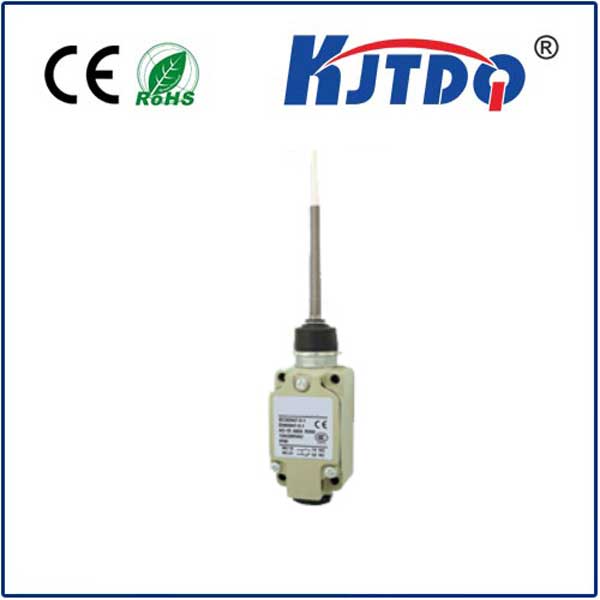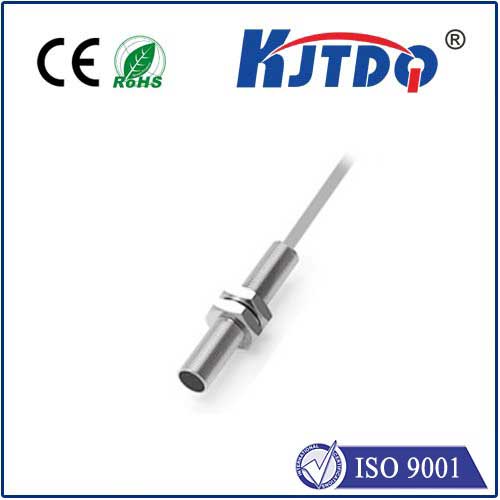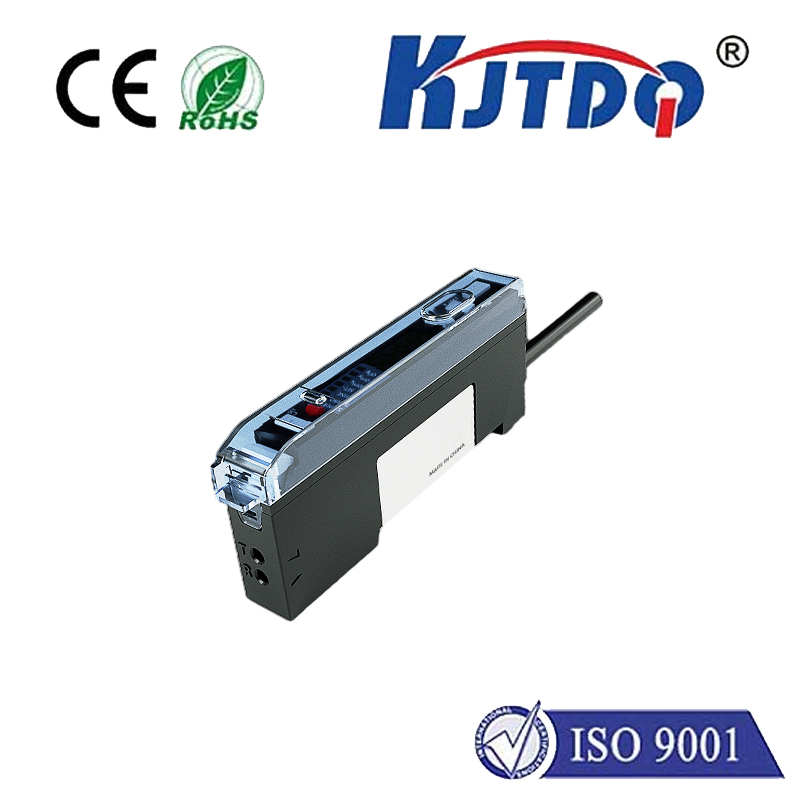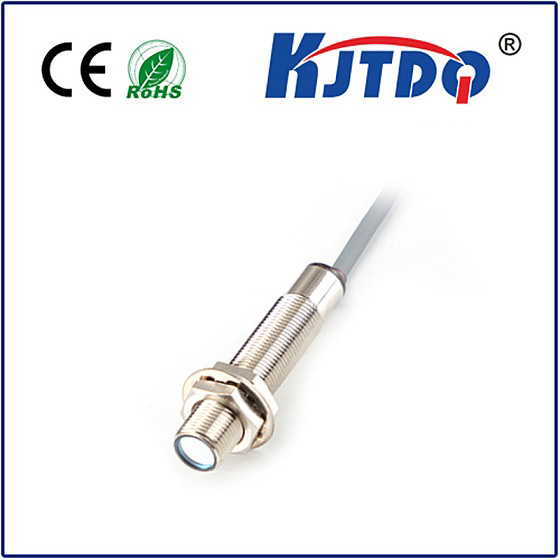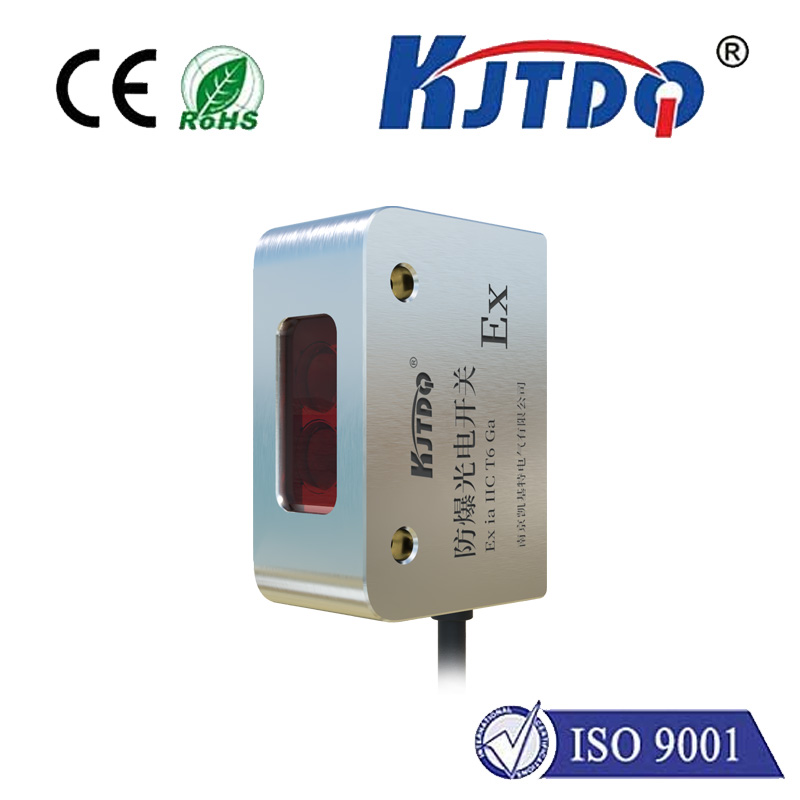
check

check

check

check
Title: The Power of Photoelectric Sensors in Modern Technology
Introduction:
Photoelectric sensors have been a game-changer in the world of technology. These tiny devices have revolutionized the way we interact with our environment, from measuring temperature and humidity to detecting motion and even identifying objects. In this article, we will explore the fascinating world of photoelectric sensors and their impact on modern technology.
Chapter 1: The Basics of Photoelectric Sensors
Photoelectric sensors work by emitting light into an object and measuring the amount of light that is reflected back. This process is known as photoemission and absorption, and it allows the sensor to determine the presence or absence of an object. The type of sensor used depends on its application, with options ranging from simple light switches to complex imaging systems.
Chapter 2: Applications of Photoelectric Sensors
One of the most common applications of photoelectric sensors is in industrial settings, where they are used to monitor machinery and ensure safety. For example, photoelectric sensors can detect when a machine has stopped running or if it is overheating, preventing accidents before they occur. In addition, photoelectric sensors are also used in automotive safety systems, such as air bags and brake controls.
Another important application of photoelectric sensors is in consumer electronics, such as cameras and mobile phones. These devices use photoelectric sensors to capture images and videos, as well as to measure light levels for auto-brightness adjustments. In recent years, advances in photoelectric sensor technology have led to the development of new types of sensors, such as time-of-flight sensors and laser scanners, which are being used in augmented reality applications.
Chapter 3: Future Trends in Photoelectric Sensors
The future of photoelectric sensors looks bright, with ongoing research focused on improving their accuracy and reducing their size. One area of focus is on developing sensors that can operate in extreme environments, such as those found in space or underwater. Additionally, there is a growing interest in using photoelectric sensors for healthcare applications, such as monitoring vital signs or detecting diseases like cancer. As technology continues to advance, it is likely that we will see even more innovative uses for photoelectric sensors in our daily lives.
Conclusion:
In conclusion, photoelectric sensors play a crucial role in modern technology and have transformed many industries. From industrial automation to consumer entertainment, these tiny devices have enabled us to interact with our environment in ways that were once unimaginable. As research continues to push the boundaries of what is possible with photoelectric sensors, we can look forward to even more exciting developments in the years ahead.
